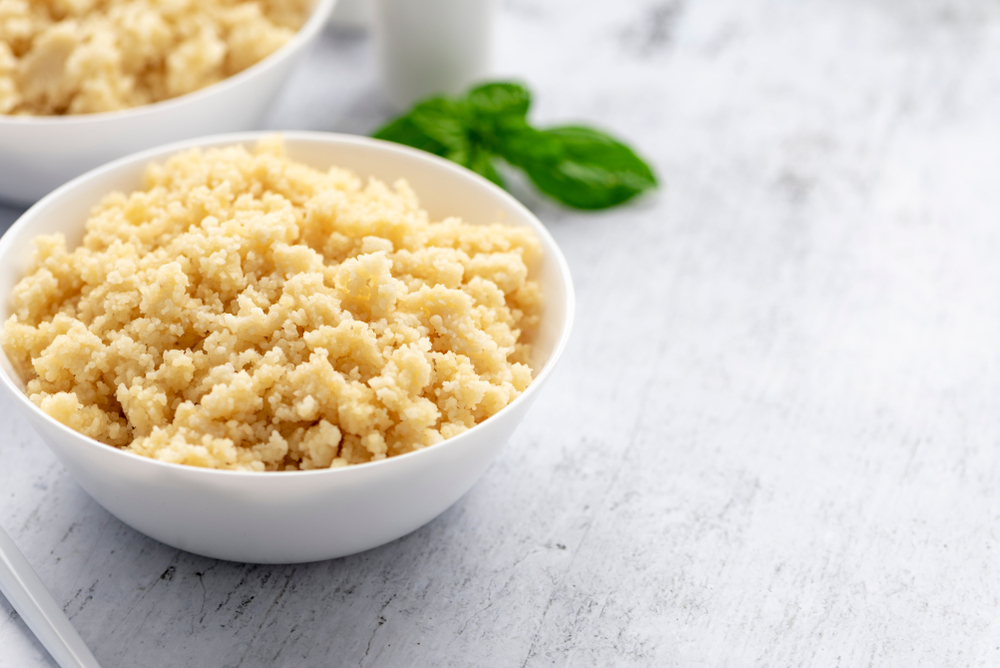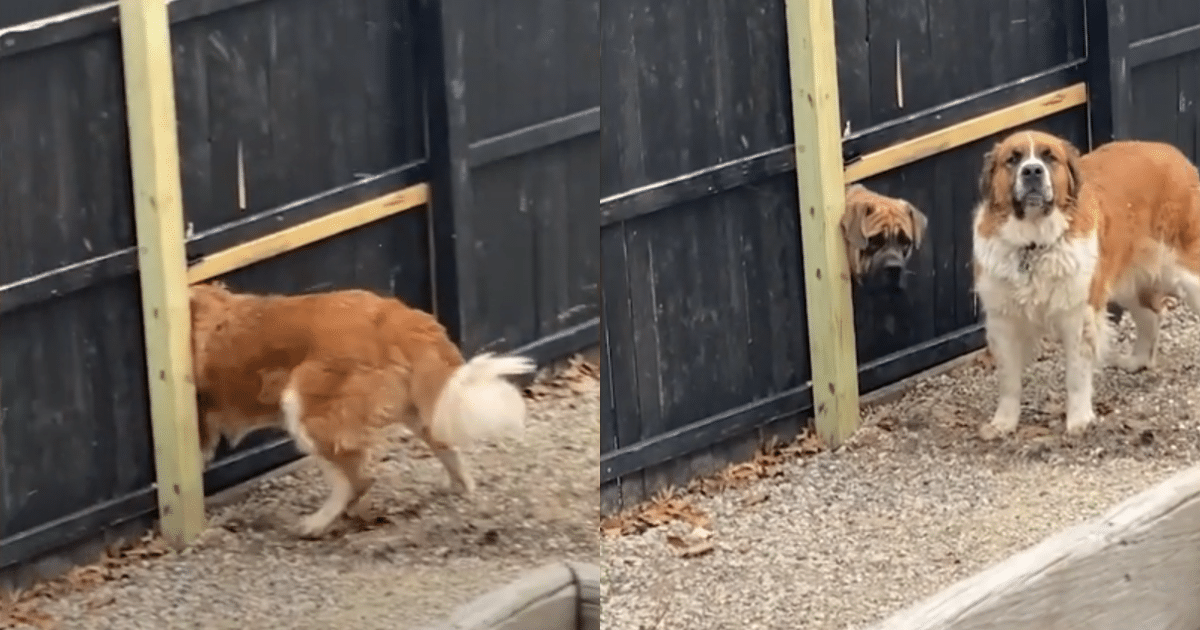
Mary Swift / Shutterstock.com
Most people are familiar with the more common cat color patterns, such as tabby cats with stripes, swirls, or spots, or colorpoint cats like the Siamese. Tortoiseshell is one of the lesser-known color patterns, and one of its variations, dilute tortoiseshell cats, is rarer. The pattern is both beautiful and unique, as no two dilute tortoiseshell cats have exactly the same pattern.
What Is the Tortoiseshell Pattern?
The tortoiseshell coat is a bi-color pattern of two colors: black fur and orange fur. The colors are mixed together in an asymmetric pattern that looks a bit like a tortoise’s shell–hence the name. Color genetics are complex, but in a nutshell, tortoiseshell cats carry the alleles (alternative forms of a gene) that code for black and orange, and these create the beautiful tortoiseshell pattern.
Tortie cats always have two different colors in their fur, which may be darker or lighter. Sometimes, cats have two copies of a dilute allele that dilutes, or lightens, the black and orange colors, leading to a mottled pattern of blue (gray) and cream rather than black and orange. These cats are called dilute tortoiseshell cats.
Read on to learn some interesting facts about dilute tortoiseshell cats.
1. Dilute Tortoiseshell Cats Are Rare
The most common pattern seen in these cats is tabby, which can appear as stripes, marbled swirls, or spots. They come in many colors, including brown, orange, and silver. Black Tortoiseshell cats are uncommon and dilute tortoiseshell cats are especially rare. If you have a cat with this unique coat pattern, count yourself blessed!
2. They’re Almost Always Female
Due to those complicated color genetics, almost all tortoiseshell cats, including dilute tortoiseshell cats, are female. To display the tortoiseshell coat pattern, cats must have two X chromosomes (XX), each carrying the different alleles needed to create the tortoiseshell color pattern. Because two XX chromosomes make a cat female, the tortoiseshell pattern is only seen in female cats (males have one X and one Y chromosome).
Very rarely, a male tortoiseshell cat is born, but such kittens have a condition called Klinefelter syndrome, which causes male cats to have three chromosomes (XXY). Male dilute torties and classic male torties are sterile and can’t reproduce.
3. They Are Similar to Calico Cats (With One Difference)
Dilute calico cats have white patches mixed with the blue and cream colors. Sari ONeal / Shutterstock.com
Calico cats look a lot like tortoiseshell cats but calicos have tri-colored fur (black, orange, and white). The color genetics of calico cats are the same as with tortoiseshell cats, but they also have genes for piebalding, which contributes patches of white to the black and orange coloring. Like tortoiseshell cats, calico cats can also have dilute genes, which cause black and orange to lighten to blue (gray) and cream.
4. Dilute Tortoiseshell Cats Have Spicy Personalities
Tortoiseshell cats, including dilute tortie cats, have earned a reputation for being feisty and full of attitude–the divas of the cat world. They’ve even been given a special nickname describing their sassy temperaments: tortitude. Humans tend to anthropomorphize their pets, and some people think the idea of tortitude is all in the mind.
However, at least one study from the University of California, Davis, found that calico and tortoiseshell cats are more aggressive than cats of other colors, so there might be some truth to the idea that the tortoiseshell cat personality is a bit spunky. Whether tortitude is real or imagined, no one can say for sure. But people who live with these feisty felines can attest to their colorful personalities.
5. They Are Considered Lucky
In many parts of the world, tortoiseshell cats are thought to bring good luck and good fortune to anyone who encounters them. Folklore in Ireland and Scotland says if a tortoiseshell cat crosses your threshold your family will soon be blessed with good fortune.
In Japanese culture, cats with the tortie pattern are thought to ward off storms, shipwrecks, and even ghosts! Tortie cats are sometimes called “money cats” because they’re thought to bring luck and wealth.
6. Dilute Tortoiseshell Is Not a Breed
Many cat breeds, including the British Shorthair, come in the dilute tortoiseshell pattern. rom_olik / Shutterstock.com
Some people think tortoiseshell cats are a special breed of cat, but this is incorrect. Dilute tortoiseshell and classic tortoiseshell are color patterns, not individual cat breeds. Many different cat breeds come in the dilute tortoiseshell coat coloration, including American Shorthairs, British Shorthairs, Cornish Rex, Maine Coons, Persians, Siberians, and Sphynx.
Mixed-breed cats of all sizes and body shapes can also have the dilute tortoiseshell color pattern. You can even find dilute tortoiseshell cats in animal shelters.
7. Dilute Tortoiseshell Cats Can Have Different Hair
The tortoiseshell pattern is not specific to any coat type. Dilute tortoiseshell cats can have short hair, long hair, curly hair, or straight hair. Even hairless cats like the Sphynx or Donskoy come in classic or dilute tortoiseshell—the pattern appears on the skin. Because the dilute tortoiseshell pattern is very light, it might stand out less on a curly or fluffy coat, but if you look closely, you can see the intermingled blue-gray and cream.






